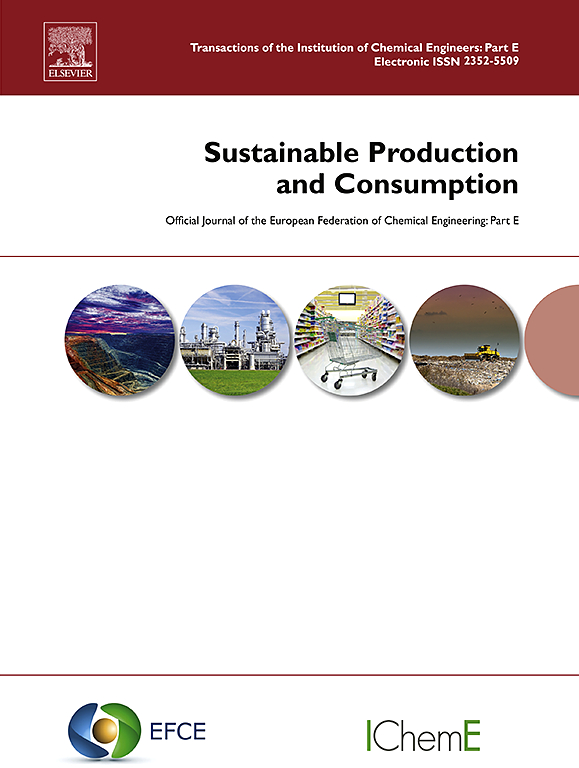Towards digitalization of the circular economy in the furniture industry
IF 10.9
1区 环境科学与生态学
Q1 ENVIRONMENTAL STUDIES
引用次数: 0
Abstract
Fashionable, cheap furniture of questionable quality is often used for short-term economic gain. If the furniture is not liked, it is quickly discarded. The need to reduce CO2 emissions, dwindling resources and social and political demands contradict this practice and require the implementation of closed-loops material cycles and the introduction of circular business models. A systematic literature review and a case study were conducted to provide a comprehensive overview of current circular economy strategies (e.g. reuse, refurbishment and recycling) implemented in the furniture industry in relation to various key activities of platform companies. As part of the case study, interviews were conducted with stakeholders and experts from the furniture and interior design industry. The European Circular Economy Stakeholder Platform was also consulted. The literature review and the case study show that the furniture industry is in a state of transition. By incorporating designs that allow for improved remanufacturing, refurbishment and reuse, companies in the industry are increasingly starting to consider circular economy patterns. Increasing digitization and servitization are driving new circular business models. Another key finding is that digital platforms are suitable for connecting stakeholders such as manufacturers, service providers and consumers, taking into account the relevant business models. The study also identified motivations, barriers and requirements for the implementation of circular and digital business models in the furniture and interior design industry. There is still a large gap between what can be achieved with a circular economy and its actual implementation.
实现家具行业循环经济的数字化
质量有问题的时尚廉价家具往往被用来谋取短期经济利益。如果家具不受欢迎,很快就会被丢弃。减少二氧化碳排放的需要、日益减少的资源以及社会和政治要求都与这种做法相矛盾,因此需要实施闭环材料循环和引入循环商业模式。我们进行了系统的文献综述和案例研究,以全面了解家具行业当前实施的循环经济战略(如再利用、翻新和回收)与平台公司各种关键活动的关系。作为案例研究的一部分,对家具和室内设计行业的利益相关者和专家进行了访谈。此外,还咨询了欧洲循环经济利益相关者平台。文献综述和案例研究表明,家具行业正处于转型期。通过采用可改进再制造、翻新和再利用的设计,该行业的公司越来越多地开始考虑循环经济模式。日益数字化和服务化正在推动新的循环商业模式。另一个重要发现是,考虑到相关的商业模式,数字平台适合连接制造商、服务提供商和消费者等利益相关方。研究还确定了家具和室内设计行业实施循环和数字化商业模式的动机、障碍和要求。循环经济所能实现的目标与实际实施之间仍有很大差距。
本文章由计算机程序翻译,如有差异,请以英文原文为准。
求助全文
约1分钟内获得全文
求助全文
来源期刊

Sustainable Production and Consumption
Environmental Science-Environmental Engineering
CiteScore
17.40
自引率
7.40%
发文量
389
审稿时长
13 days
期刊介绍:
Sustainable production and consumption refers to the production and utilization of goods and services in a way that benefits society, is economically viable, and has minimal environmental impact throughout its entire lifespan. Our journal is dedicated to publishing top-notch interdisciplinary research and practical studies in this emerging field. We take a distinctive approach by examining the interplay between technology, consumption patterns, and policy to identify sustainable solutions for both production and consumption systems.
 求助内容:
求助内容: 应助结果提醒方式:
应助结果提醒方式:


